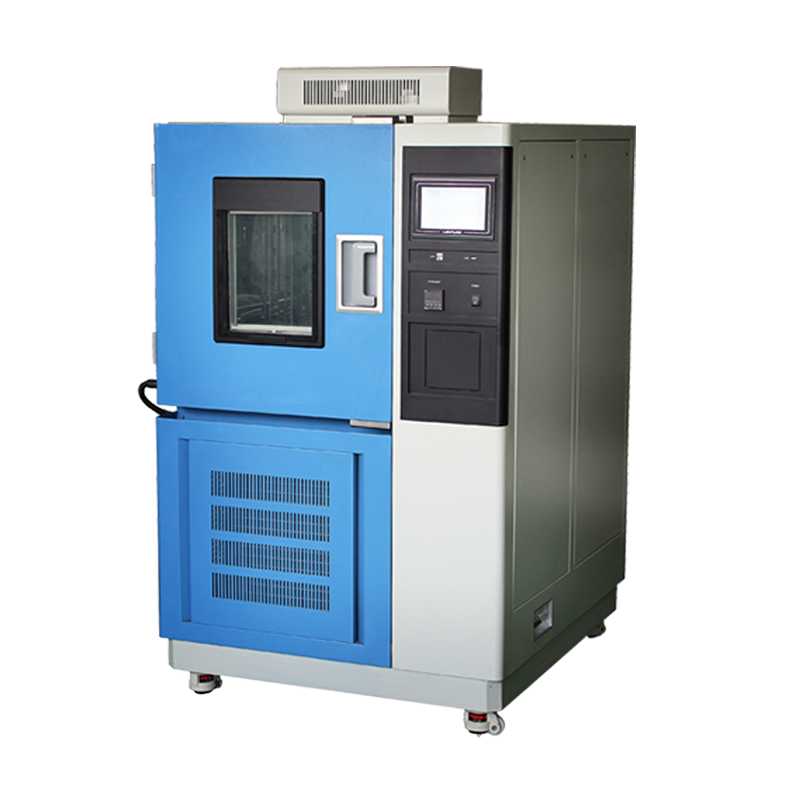Currently, many constant temperature and humidity test chambers in the market are used by manufacturers for product testing during production. Since most manufacturers are small to medium-sized, these test chambers are widely adopted due to their simple operation, cost-effectiveness, and outstanding advantages in various aspects. As a result, countless customers use this equipment. However, a high-quality device not only requires proper usage but also an understanding of its temperature range.

-
Temperature Range: What is the temperature range of the equipment? Currently, there are several standard temperature ranges available for customers to choose from:
- A: 0°C ~ 100°C
- B: -20°C ~ 150°C
- C: -40°C ~ 150°C
- D: -60°C ~ 150°C
If customers require non-standard temperatures, customized models can also be manufactured, with ultra-low temperatures reaching -90°C.
-
Cycling Function: Does the equipment have a temperature cycling function? This refers to the repeated switching between temperature extremes in a cyclic curve. For the key differences, please refer to the technical document: "Are High and Low Temperature Test Chambers the Same as Temperature Cycling Test Chambers?"
-
Humidity Range: Does the constant temperature and humidity test chamber include a humidity function? Models with humidity control are referred to as Temperature & Humidity Test Chambers (GDS) or Constant Temperature & Humidity Test Chambers (HS). The humidity range is typically controlled at 20% ~ 98% RH (when the temperature is between 25°C ~ 80°C).
For safety reasons, it is advisable to familiarize yourself with the constant temperature and humidity test chamber before use. Only by doing so can you operate it with confidence and peace of mind.













